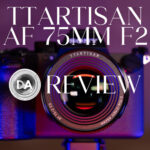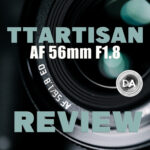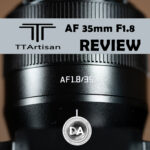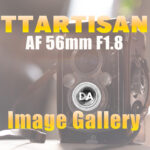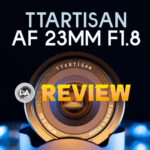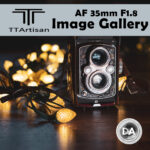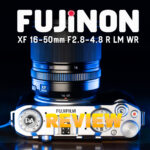
In 2024 TTArtisan released their first full frame lens in the form of the AF 75mm F2, which I gave a largely positive review here. It offered a compact size, nice build, and good performance in an inexpensive package. Autofocus needed a bit more improvement, but fortunately TTArtisan seems to have grown in that area with their second full frame autofocus offering in the form of today’s review – the TTArtisan AF 40mm F2. This is an extremely compact lens with a very nice build, the inclusion of an aperture ring, and good performance…all for just $168 USD. Do we have a winner? Find out in today’s review.
Follow Me @ YouTube | Patreon | Instagram | Facebook | DA Merchandise | Flickr | 500px | X
Thanks to TTArtisan for sending me a review copy of this lens. As always, this is a completely independent review. All opinions and conclusions are my own. *The tests and most of the photos that I share as a part of my review cycle have been done with the Sony a7RV along with the Sony Alpha 1 that serve as my benchmark cameras for Sony E-mount lenses.
__________________________________________________________________________________________________
AI SUMMARY: The TTArtisan AF 40mm F2 is an affordable, highly compact, and well-built full-frame lens that offers good performance at a fraction of the cost of premium options. It features a classic, elegant metal design with an aperture ring, and performs adequately for both stills and video, with decent autofocus and overall image quality. The lens excels in portability and affordability, making it a compelling choice for street, hiking, and everyday photography, especially on Sony E-mount cameras. However, it faces limitations such as heavy vignette, soft corners at wide apertures, and less close focus capability, which may be drawbacks for demanding photographers looking for ultra-sharp results.
Strengths:
- Compact, lightweight, and well-constructed with premium feel
- Very affordable at $168 USD
- Good autofocus for videography and standard photography
- Suitable for APS-C and full-frame use, excellent for walkaround shooting
Weaknesses:
- Significant vignette that requires correction
- Corners remain soft at wide apertures
- Slight focus breathing and limited close focusing capabilities
- Not optimized for action or fast-moving subjects
A few years ago 40mm lenses hardly existed on modern full frame mirrorless systems until, when Nikkor released a 40mm F2 lens (my review here) and Sony released a 40mm F2.5 (my review here). A few years later Viltrox released a 40mm F2.5 on first Sony E-mount (my review here) and then later on Nikon Z mount. I compared that lens with the Nikkor on my Nikon Z8 in this video. TTArtisan is jumping into the mix, though they currently face one first party and one third party 40mm lens on each platform. To their credit, however, they are coming in with a competitive price with the Viltrox lens (both are $168 USD), while offering a faster maximum aperture and better build (including an aperture ring). The MSRP for the Nikkor lens is $299 (though often available for less), while the Sony is the expensive outlier at nearly $800. It is definitely the premium lens of the bunch with the highest quality build and most features, though the TTArtisan comes in at a strong position with a similar small size and light weight, a low price, and a nicer build and features than everything but the Sony. It is also capable of producing beautiful results from a truly tiny package.
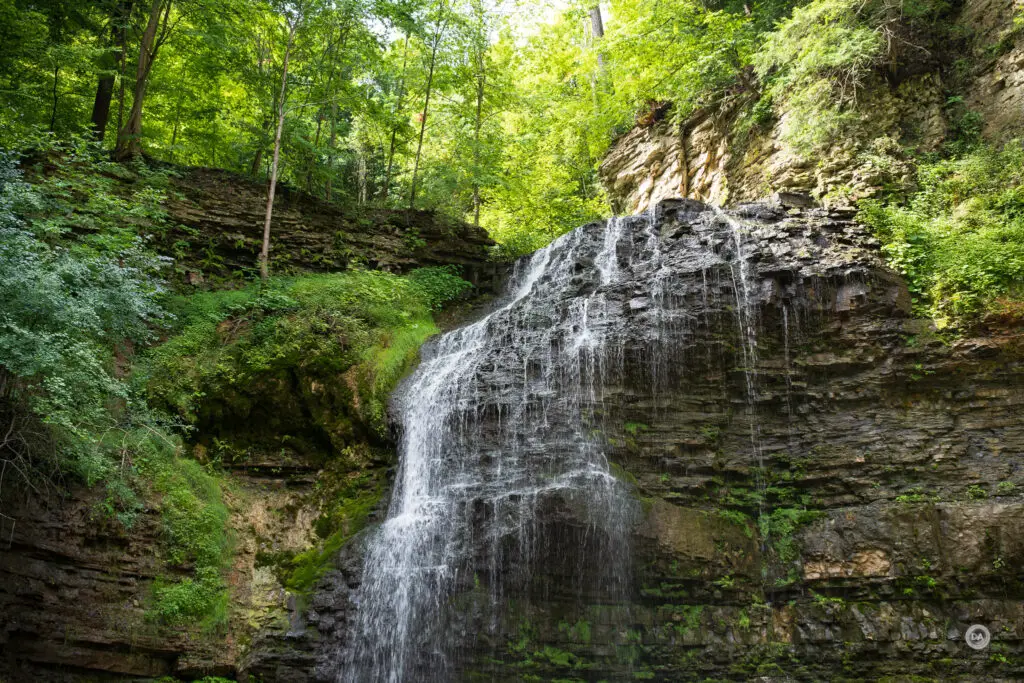
It can of course be used on APS-C cameras as well, where it will give a 60mm full frame equivalent framing, which is also an interesting a focal length. Here’s a shot from APS-C:

This is a great “walk around” focal length, perfect for capturing life moments. I like 40mm for street, for hiking, and for family times. It’s a lot of fun.

Investing in a full frame mirrorless camera can be very expensive, so the idea of getting a solid prime lens for well under $200 is very intriguing. Let’s break things down in detail…
Build and Handling
The TTArtisan AF 40mm F2 is available for Sony E-mount (tested here) and Nikon Z-mount. It follows the trend that I’ve seen with their autofocusing lenses of feeling higher quality than what you might expect. The lenses have a very nice metal body with an anodized metal finish. Put simply, the lens looks and feels far more premium than the price would suggest.
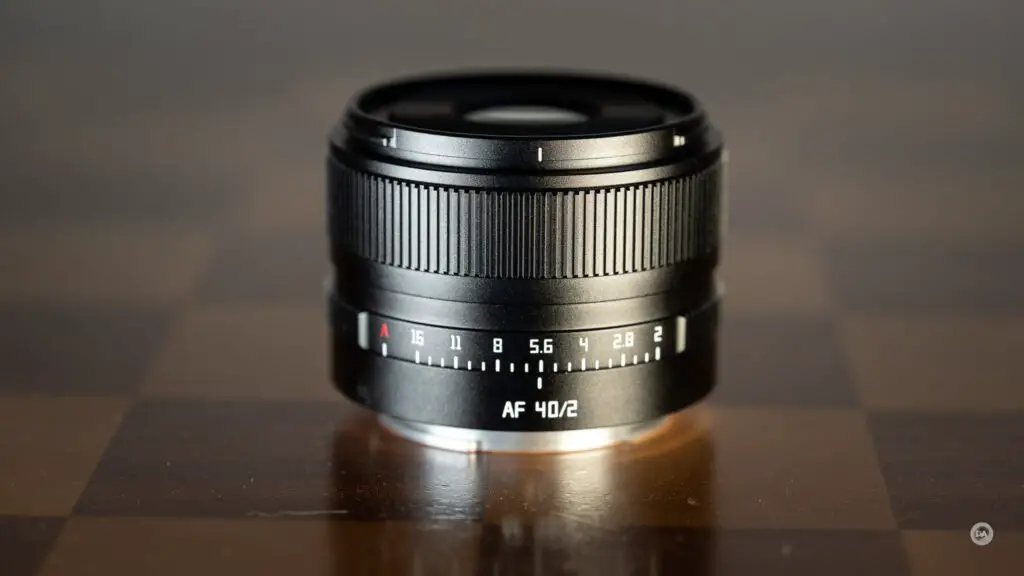
There’s nothing groundbreaking here, but the classic look is subtle and elegant. It is all metal and glass, with a great looking satin anodized finish and classic markings. While there’s nothing that screams “the thinking artisan” here, it’s hard to go wrong with the classics. And, unlike the 75mm, the lens small size means that the weight is in line with competitors despite being made of heavier materials. It weighs just 167g (5.89 oz), which is identical to the Viltrox, and slightly lighter than the Nikkor (170g) or Sony (173g).
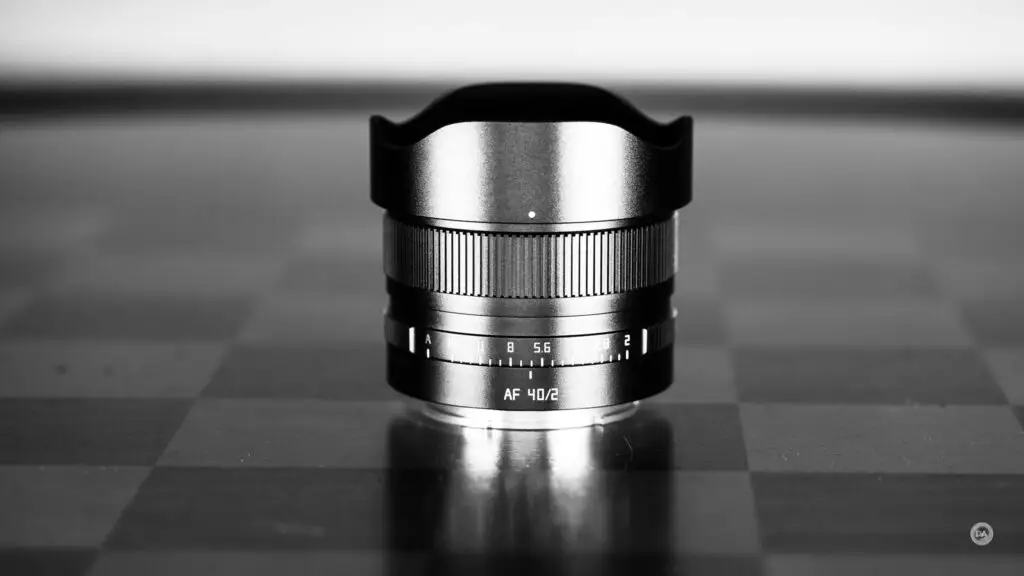
The light weight comes by being truly compact. For some reason TTArtisan has not included external measurements in their release materials, so I’ve done my own measurements that may not perfectly align with the official measurements when released. I measure the diameter at 59mm (2.32”) and the length at just 43mm (1.69”). That’s smaller than any of the competing lenses. You can see that it doesn’t protrude much past the grip on my Alpha 1.
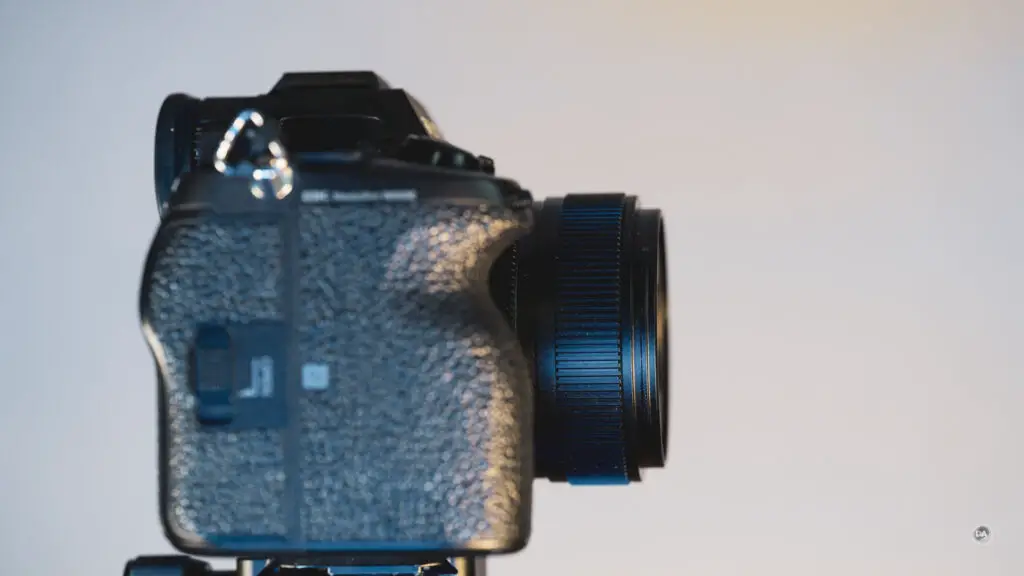
The filter size is a common 52mm. The front aspect of the lens has a great look.
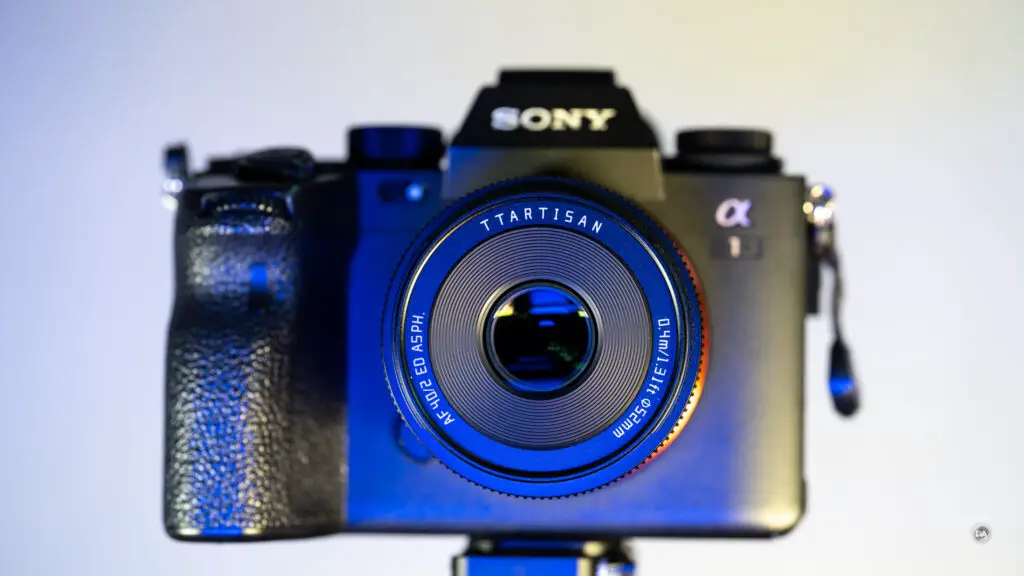
There are no switches or custom buttons on the lens, but it does have an aperture ring. It is the standard style aperture ring that has “clicks” or detents at one third stop intervals along with markings for all full aperture stops.
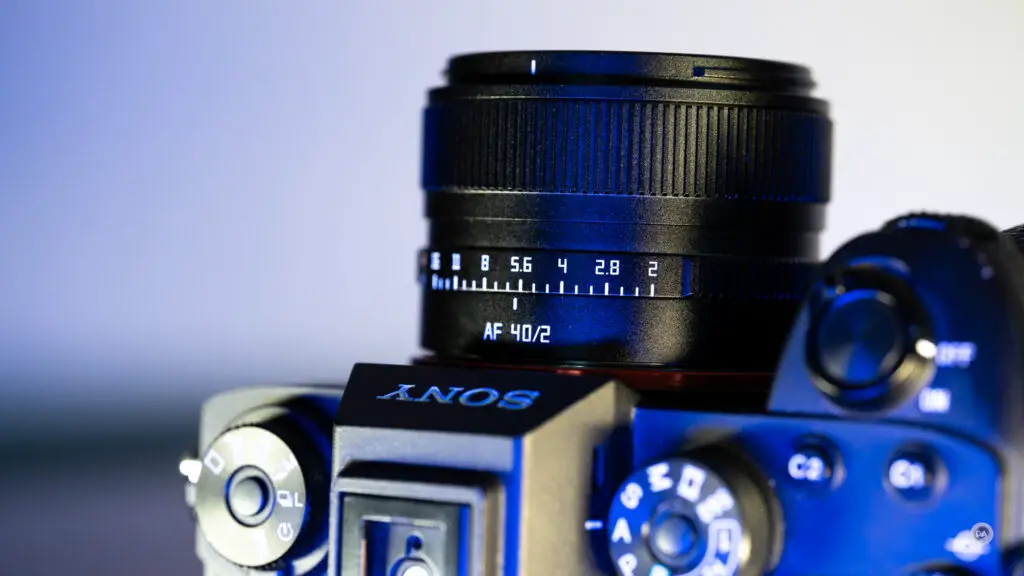
There is a space between F16 and A (Auto) while will allow you to control aperture from within the camera, though I would like a little more resistance between the F16 and A, as there’s not much more resistance than the standard aperture stops.
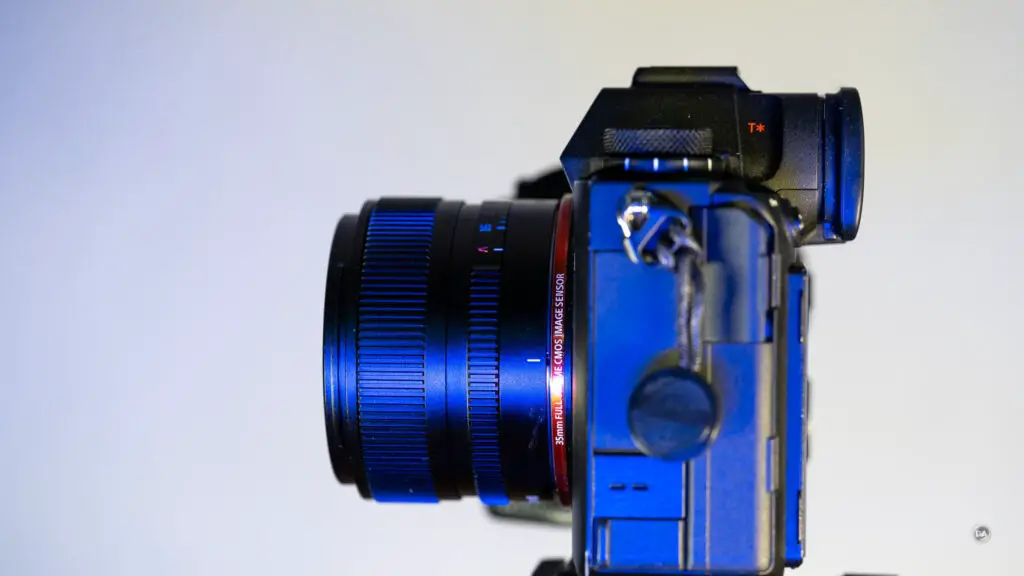
There are no switches on the lens barrel. This makes for a very clean looking design, but I would obviously prefer having an AF/MF switch.
At the rear of the lens we have a metal lens mount complete with the appropriate electronic contacts, though I don’t see a weather sealing gasket.
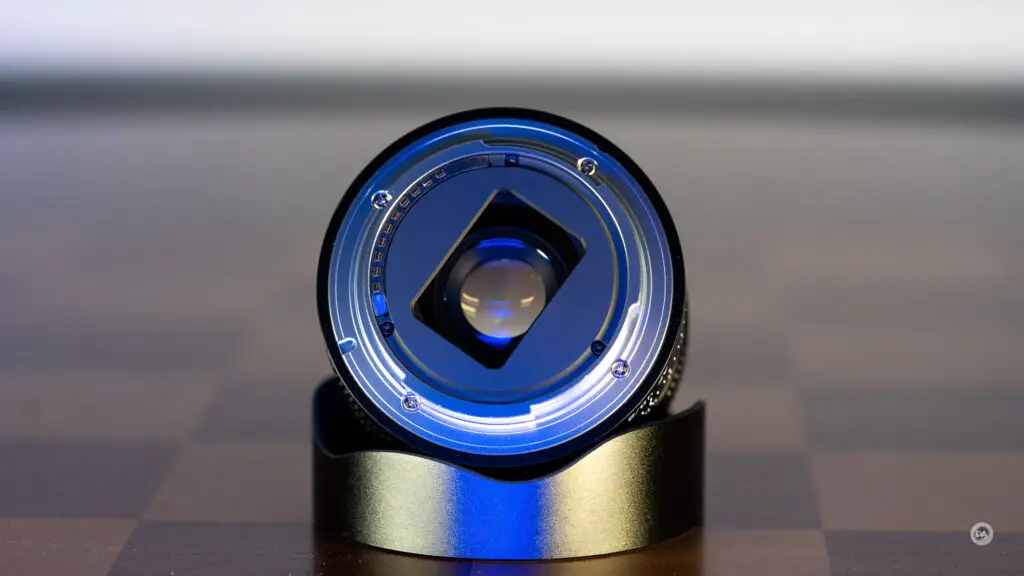
There are seven aperture blades that do only a so-so job at maintaining a circular aperture.
The included lens cap has a new font for the TTARTISAN logo imprinted on it, and I think it looks smart and modern.

The included lens hood is made of metal and feels great. It bayonets on with good precision and can be reversed for storage unlike TTArtisan’s earlier lens hoods.
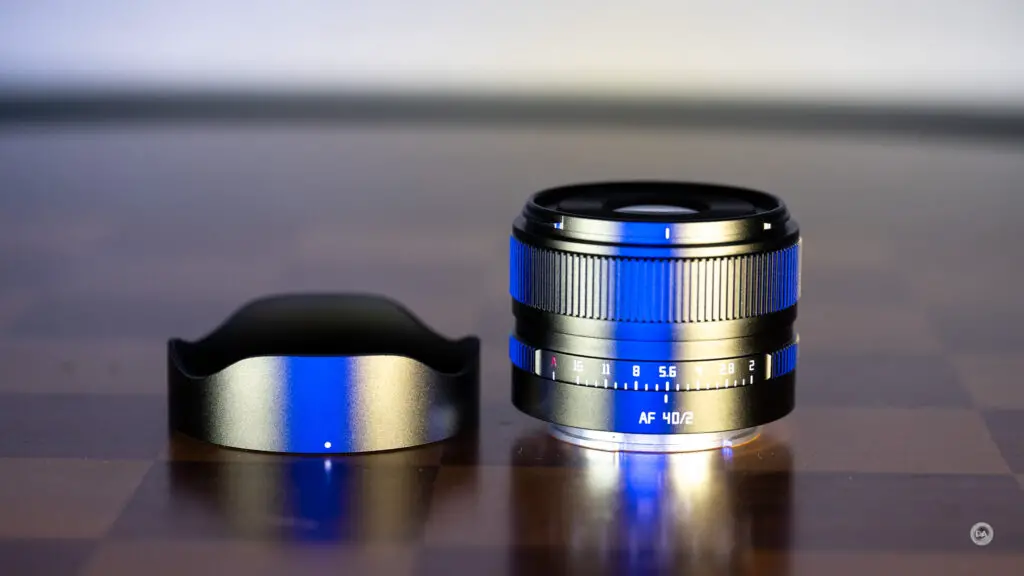
The manual focus ring is ribbed in metal and moves with a nice amount of damping, though I can feel a little “drag” from the focus motor when making faster adjustments. The active focus area will automatically magnify when you start to focus, and this helps visually confirm accurate focus. Focus throw feels like it is somewhere near 170° of rotation.
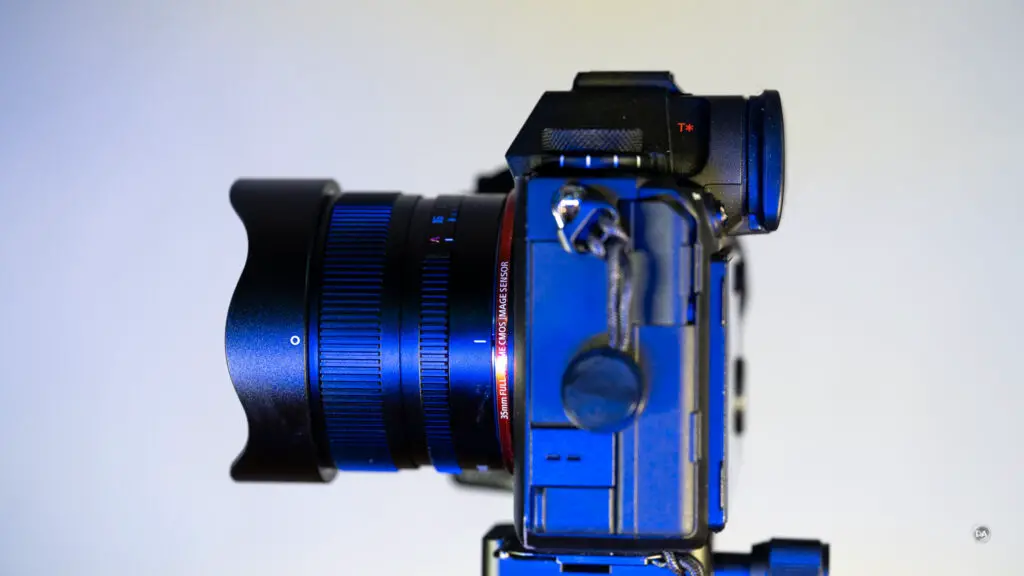
One final interesting design element is that the rear lens cap has a USB-C port along with electronic contacts inside and will actually allow you to do firmware updates to the lens through a computer. It’s an interesting alternative to having a USB-C port built right into the lens, though I do slightly prefer the built-in option in case you lose the rear lens cap at some point.
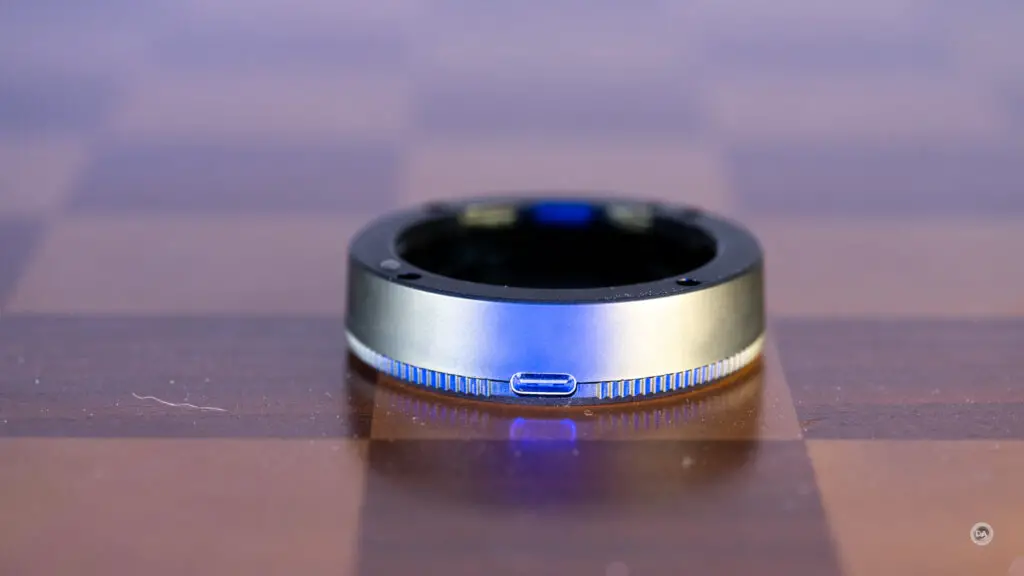
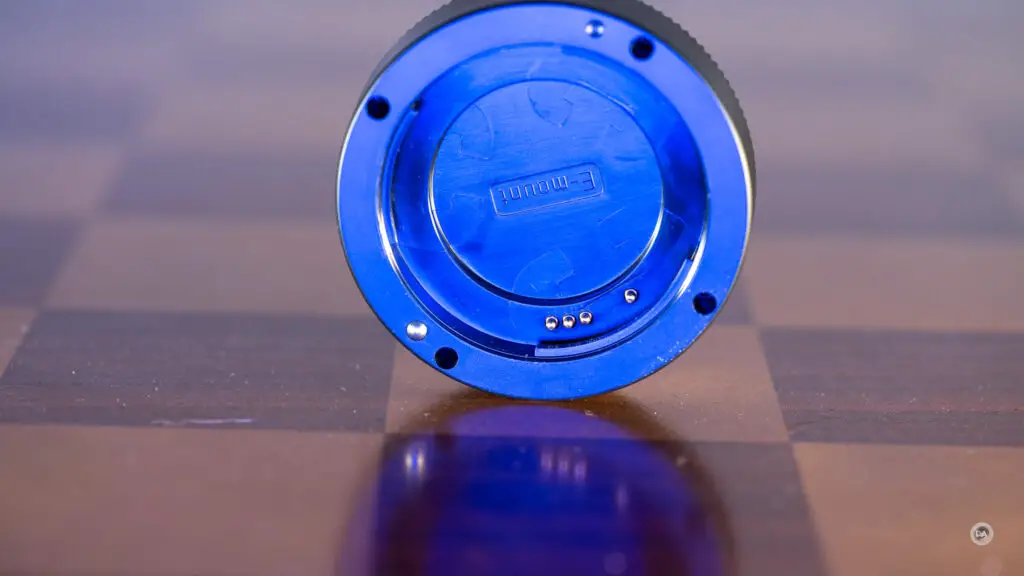
The minimum focus distance of the TTA40mm matches the focal length (40cm) and has a fairly low level of magnification. All of the competing lenses can focus closer (from 25-34mm) and have magnification levels between 0.14x (Viltrox) and 0.23x (Sony). The magnification level is not listed, but typically lenses whose minimum focus distances matches their focal length are in the 0.10x range.
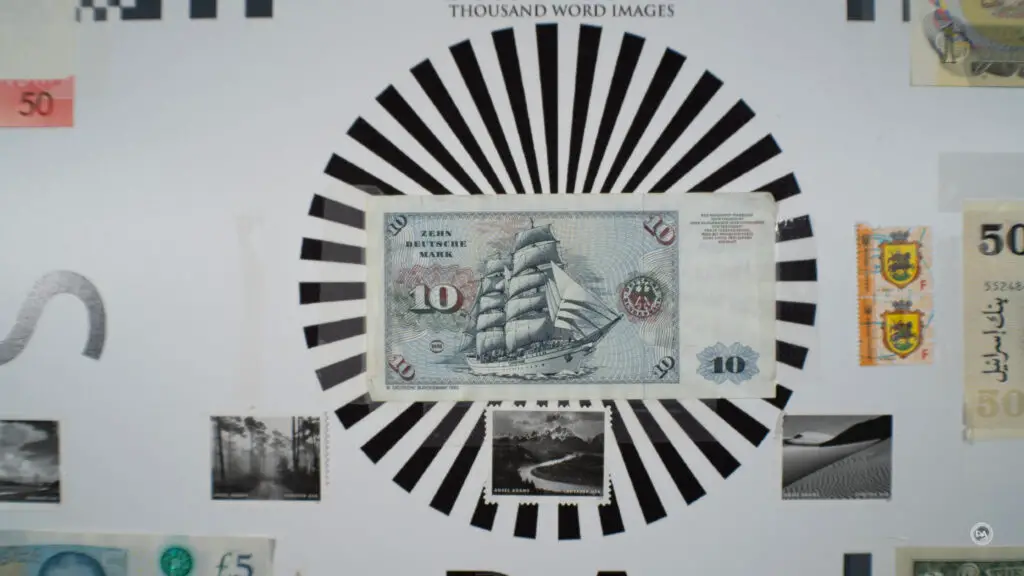
I definitely noticed not being able to get as close to subjects as what I would like. Up close performance isn’t great, either, with contrast being a little lower than at further distances.

That’s really the only packaging issue, though, as this really feels like an extremely nice lens.
Autofocus for Stills
TTArtisan has equipped the AF 40mm F2 with an STM (stepping motor). Autofocus noise is relatively low. There is a faint whirring sound during autofocus changes, but I could mostly only hear it in a very quiet environment or with my ear pressed close.
Autofocus accuracy was good, and you can see that this shot of me out hiking, for example, is well focused.


Lighting conditions were dimmer here, but focus still landed accurately.
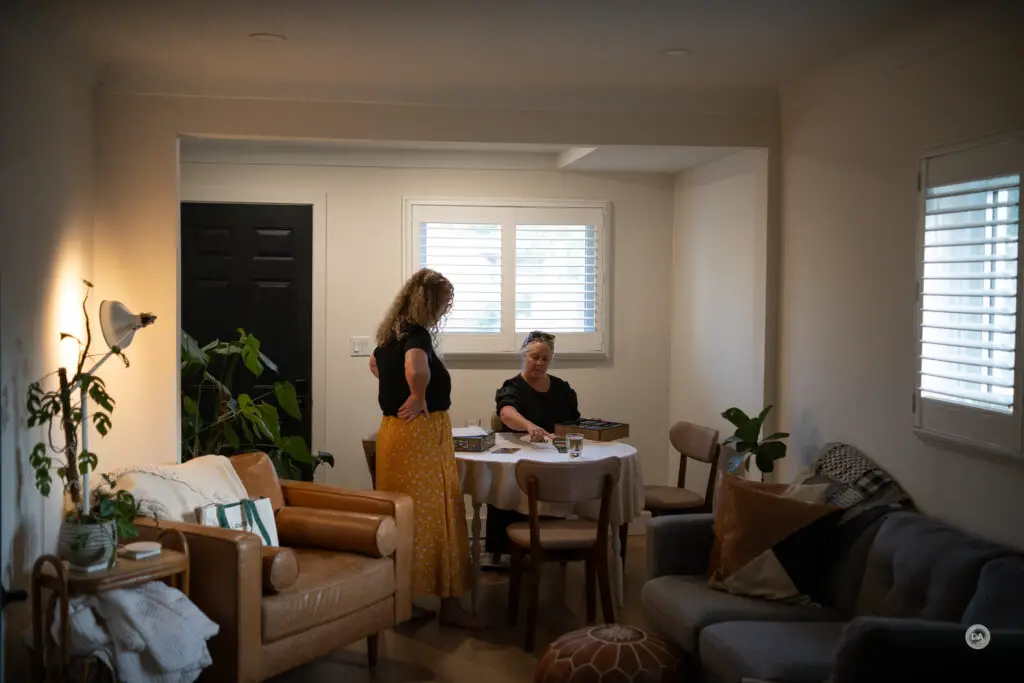
An easier posed shot was perfectly focused.


I tested focus speed both indoors and outdoors, and my impressions are that focus speed is averagely fast. It’s not instantaneous like the lenses equipped with the best linear motors, but neither is it slow. There is a split second pause while inertia builds and focus takes place, but the focus transition is then pretty snappy. There is no visible stepping apparent. Focus speed was a little faster outdoors in excellent light than what it was in my indoors test.
I wouldn’t use this lens for tracking fast action, but for most ordinary photography work autofocus was just fine. Modern autofocus on mirrorless – even with inexpensive lenses – is just so much better than what we got even from expensive lenses in the DSLR era.
Video AF
Video AF was more good than bad. My focus pull test went well, with good confidence moving from subject to subject and no visible steps.
My hand test (where I alternately block and then unblock the camera’s view of my face with my hand) went good. There’s good confidence going from the hand to the eye, though there would be a momentary lag at times before a focus change happened.
There is some minor focus breathing, but I discovered a few other quirks while doing that test. There is a bit of warping as focus moves back and forth, and vignette is also more obvious when focused toward infinity. Slightly odd.
Focus was generally stable in my clips, and produced nice results. Here’s a still grabbed from a shot of a waterfall.

In general, however, I found autofocus more polished than the 75mm F2, which doesn’t surprise me. These companies new to autofocus tend to get better quickly.
Image Quality Breakdown
TTArtisan has given us an optical design of 9 elements in six groups, which includes 2 HR (High Refractive Index) elements, 1 Aspherical elements, and 1 ED (Extra Low Dispersion) element. The MTF chart looks better than the 75mm F2, sharper pretty much everywhere in the frame.


The MTF shows a sharp, high contrast center with a fairly sharp decline to the midframe, but then a rise towards the outer rule of thirds areas before another dip into the farm corners. The F5.6 curve is the most interesting, however, suggesting that the sharpest performance is going to be fairly near the edge of the frame.
At its best, the TTA 40mm delivers fairly good contrast and detail and nice looking bokeh even wide open.
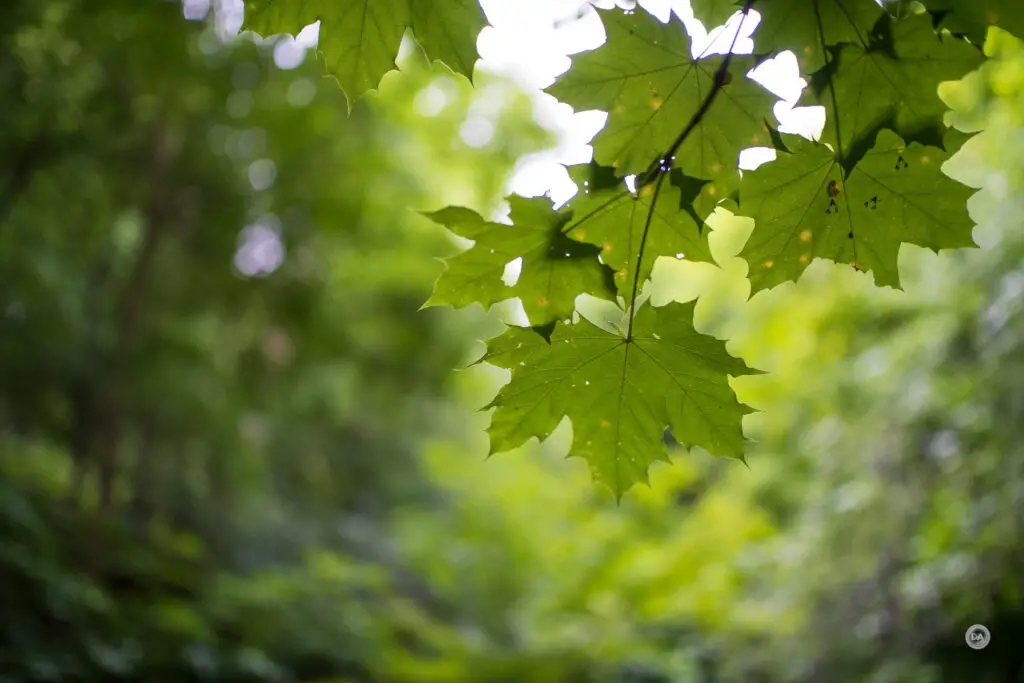

It’s pretty crazy to think that a few years ago there was a lot of angst over whether or not expensive lenses were going to be able to resolve Sony’s ultra high resolution 61MP sensor while in 2025 there are dozens of lenses that cost less than $200 and do it easily.
We’ll dig into the details by taking a look at vignette and distortion. The lens is basically distortion free, but carries a lot of vignette. I had to dial in a whopping +91 to correct for the vignette.
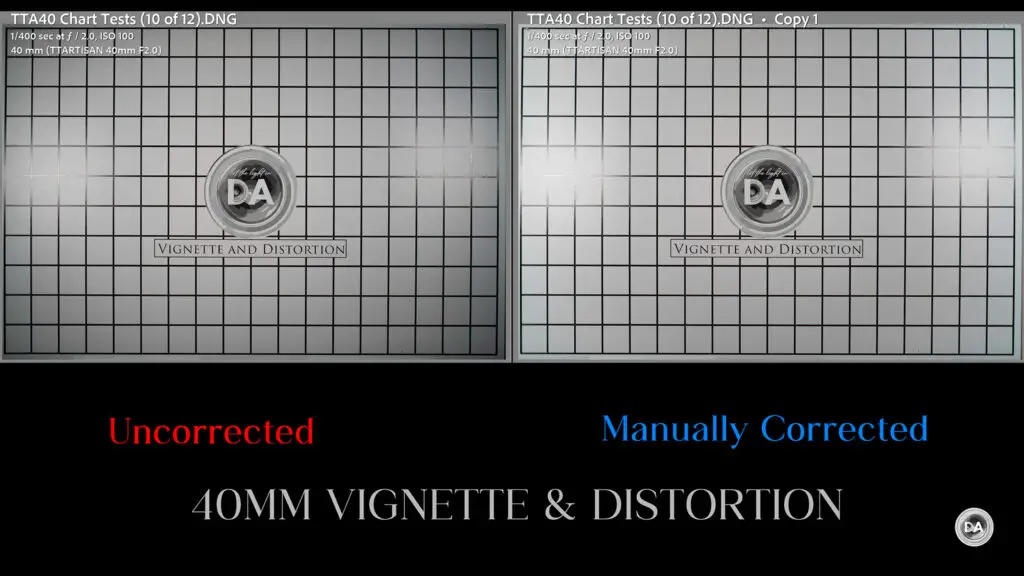
As noted previously, the amount of vignette seems to vary depending on the focus position, and part of that is that the field of focus clearly warps a bit at certain focus positions. At F2, however, you’re probably going to notice the vignette in certain images. Going back to this interior shot, for example, you’ll see a pretty radical difference between the corrected and uncorrected images
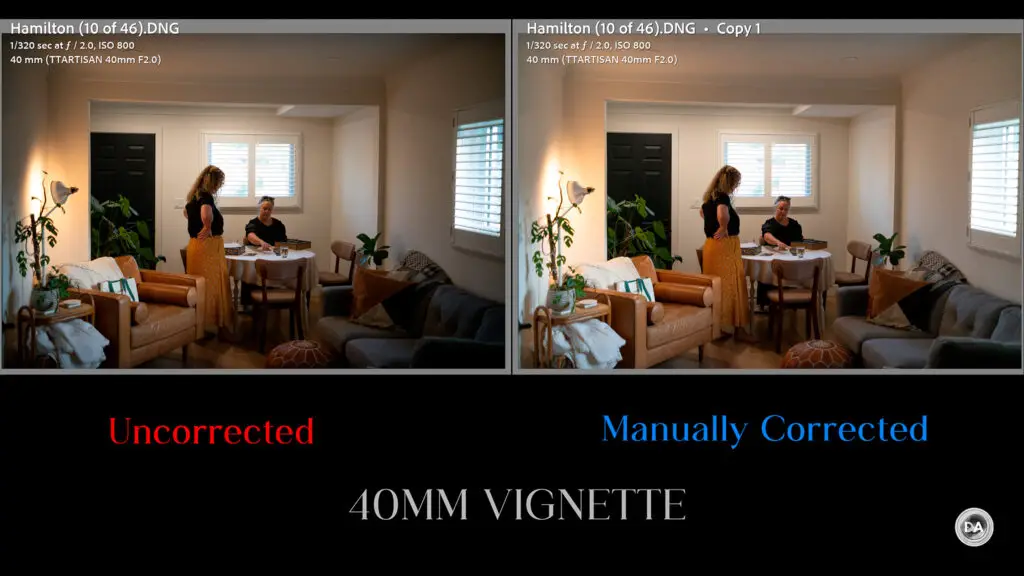
I can tell you which one I like better.
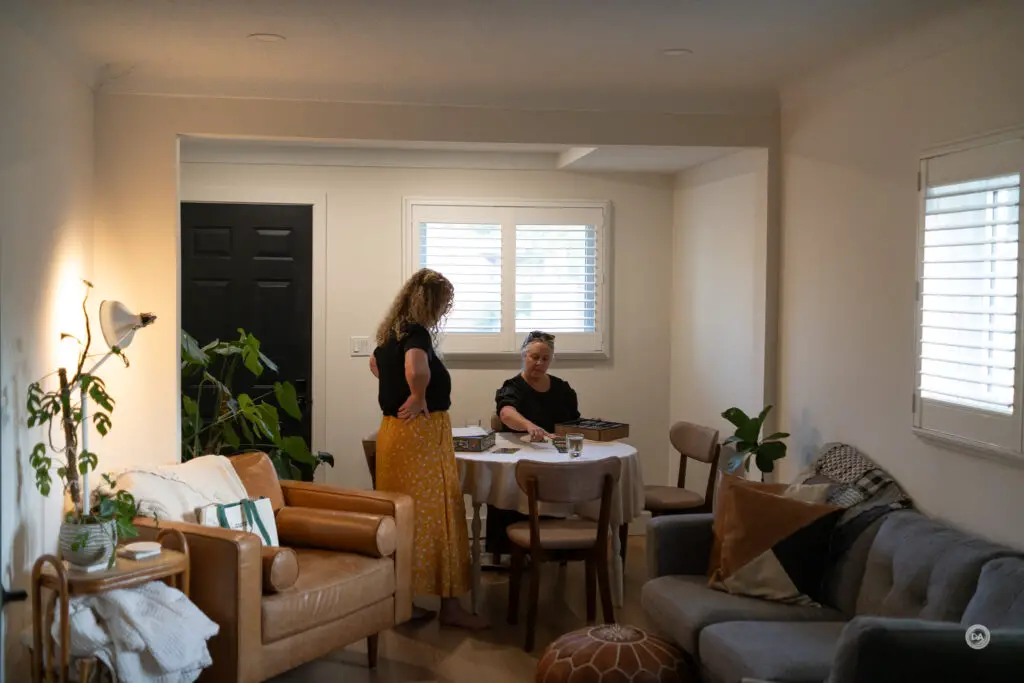
Longitudinal chromatic aberrations are an area where TTArtisan has focused on improving, and they are fairly well controlled here. There is minimal fringing before and after the plane of focus.
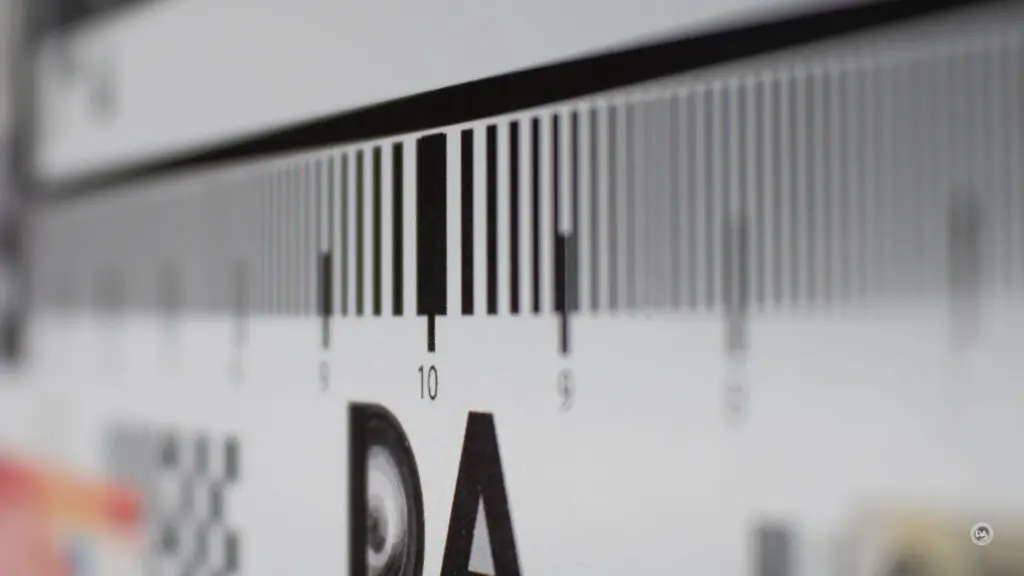
This shot of the morning dew shows minimal fringing in the various bright specular highlights before and after the plane of focus.

Lateral chromatic aberrations show up near the edge of the frame in transitions from dark to light areas. There is some LaCA showing up here, though it is not severe.
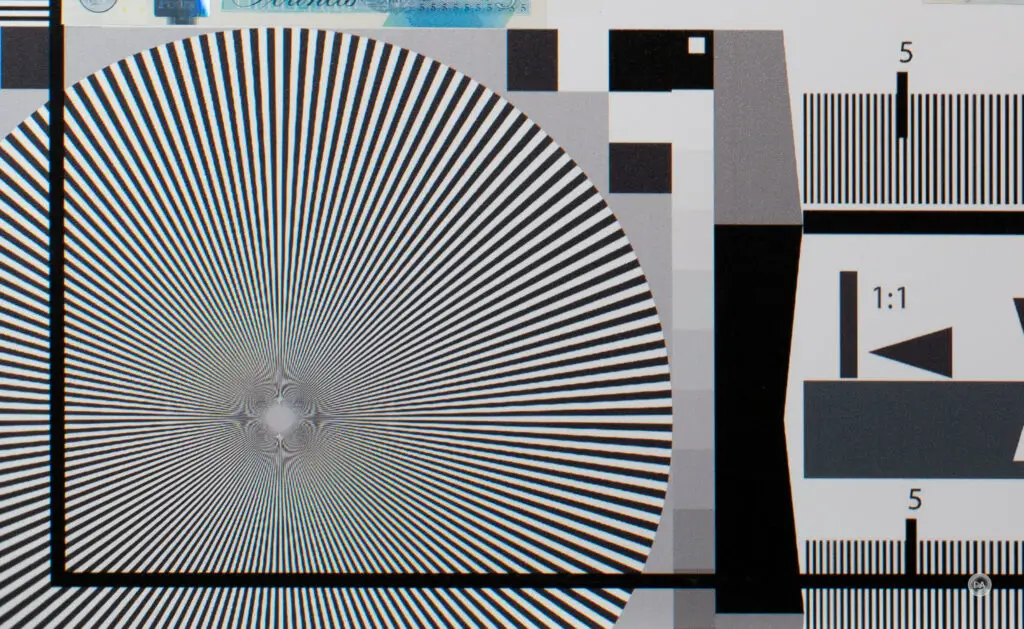
So how about resolution? The 61MP sensor on my Sony a7RV represents the highest resolution currently available on any full frame camera, so this is a strong challenge for the TTA 40mm. My review standard is to examine results at a 200% magnification. That is a lot to ask of any lens, much less one this inexpensive. Here’s a look at the test chart that crops throughout the review come from:
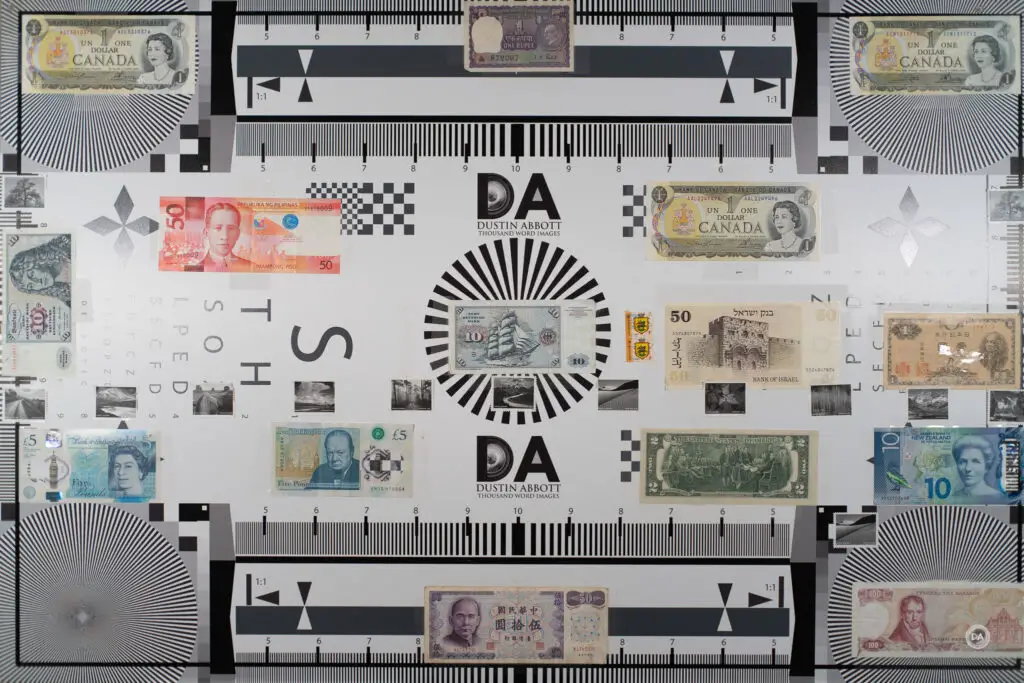
And here is a look at F2 crops from the center, then mid-frame, and then extreme lower right corner:


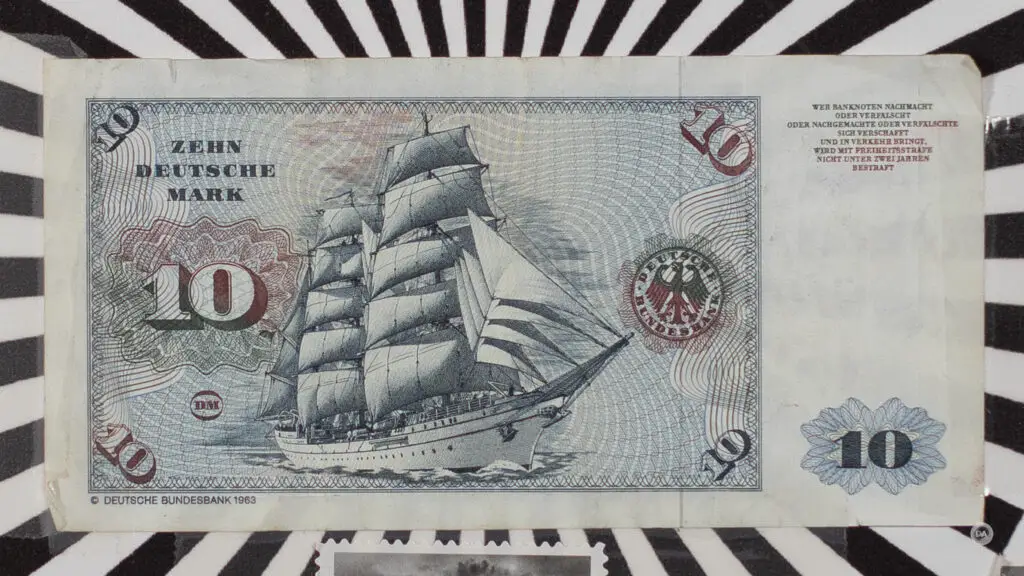
The center looks very good, the midframe is softer but still good, and the corners look pretty soft.
Pretty much as expected.
Real world contrast is not top notch, and while there are situations where contrast can look strong on a subject, like here:
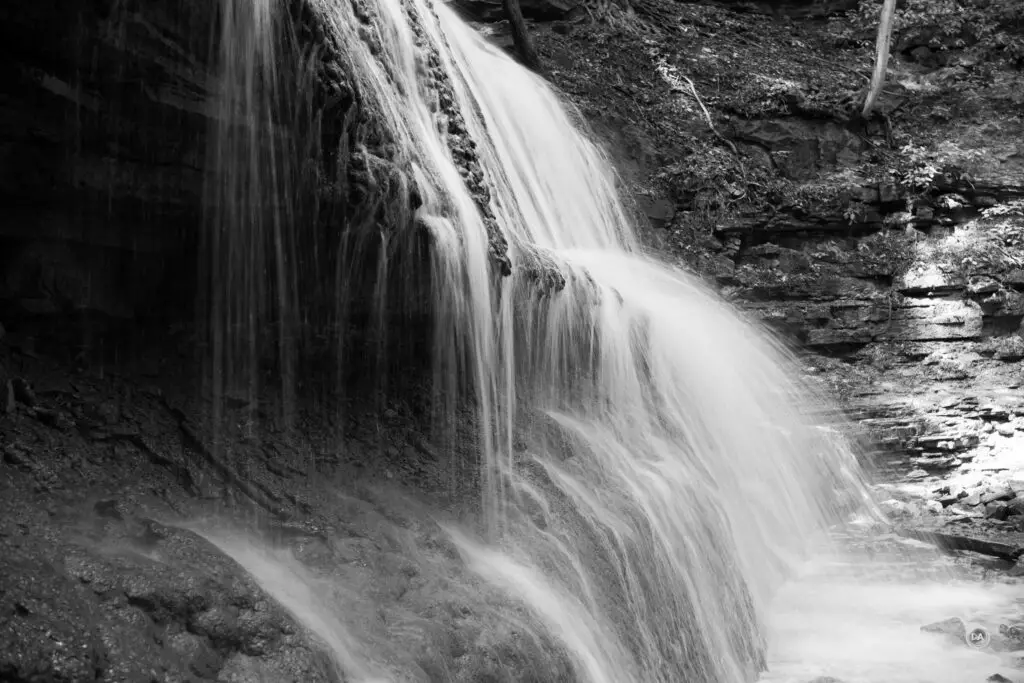
…there are more shots where contrast at F2 is a little soft.


Now, to be fair, not everyone is looking for lenses with pin-sharp, ultra contrast on every shot, and for those who aren’t pixel peepers, global contrast looks fine.
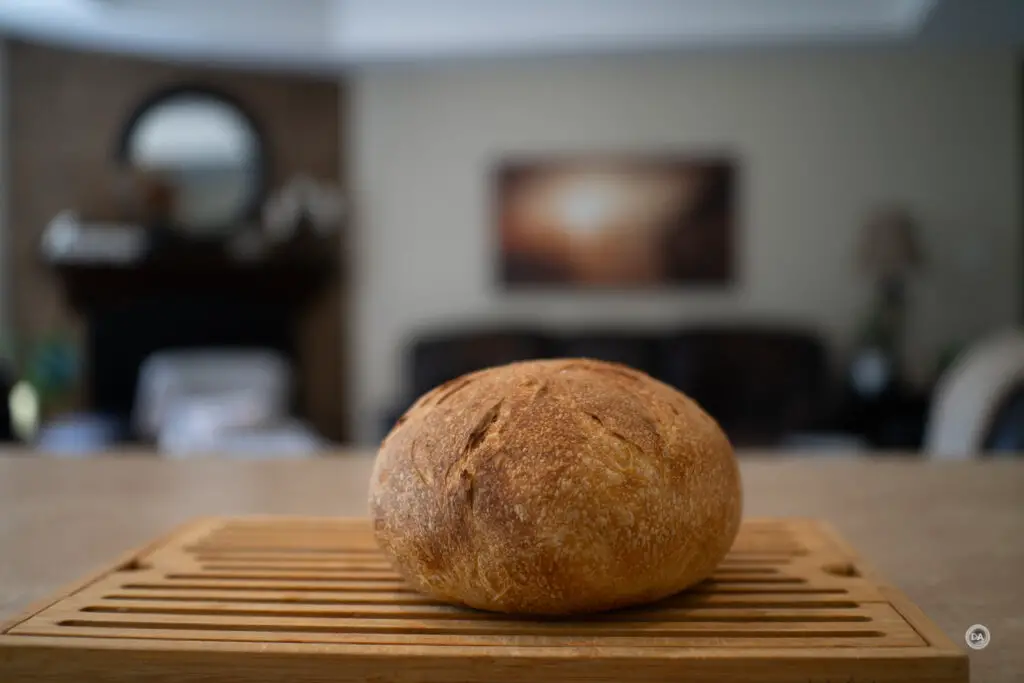
There’s a minor contrast and detail improvement by F2.8, though detail doesn’t significantly improvement.
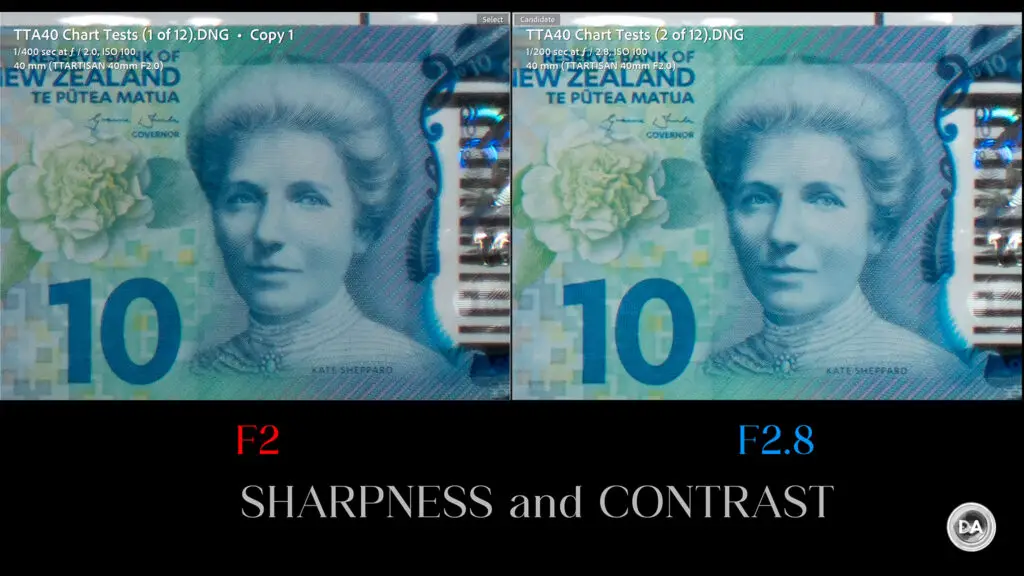
Corners are not particularly sharp until F5.6, where they start to sharpen up. Unfortunately there is a bit of additional fringing starts to show up around some high contrast areas.
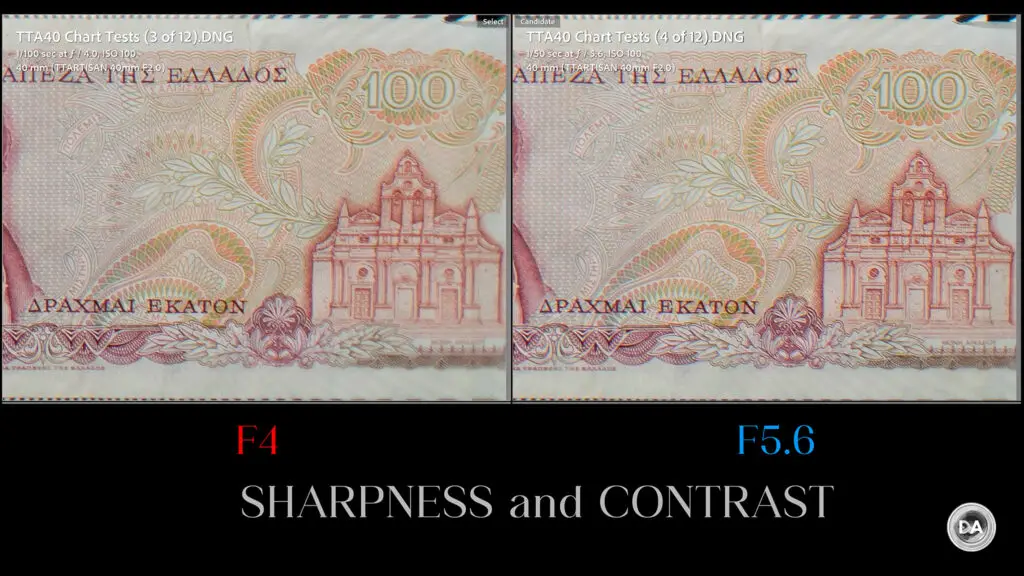
It’s worth noting that vignette has dramatically reduced by F5.6 (by about 2 ½ stops). You probably wouldn’t notice any vignette in actual shots.
The rule of thirds area is sharp at smaller apertures, but the corners are never particularly impressive. Here’s a real world shot that illustrates what I’m talking about.



At the same time, I felt like the sharpness and contrast were sufficient enough that I could easily get shots that were pleasing to me. That makes this lens probably most like the Nikkor Z 40mm F2.
Diffraction will always be an issue with higher resolution cameras, and you can see here that while resolution and contrast still look very good at F11, the image is definitely softer by F16:

Like the Nikkor 40mm F2, the TTArtisan 40mm F2 has fairly soft bokeh for a lens like this. You can never really completely blur out a background (unless it is very far behind the subject), but the overall rendering is generally pleasing.

This shot shows a very nice transition to defocus and a nice, soft background.
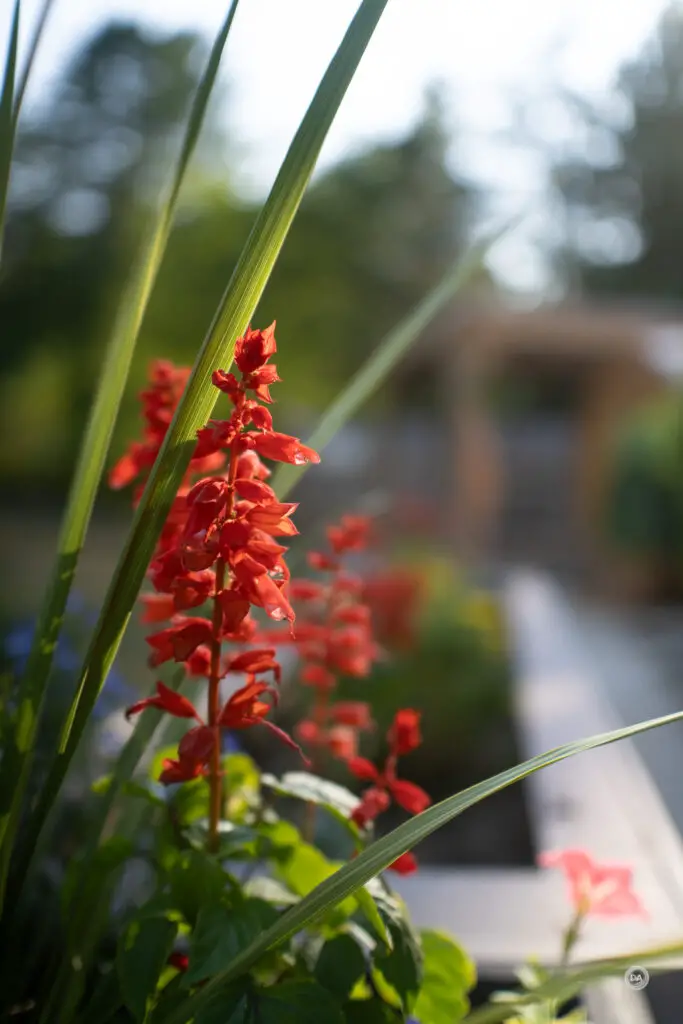
I looked through all the various images I took as a part of the review, and I just really didn’t see any bokeh rendering that I considered ugly.
I also felt like colors looked quite good as well. Not Zeiss-like or anything, but images had a nice look and feel to them.
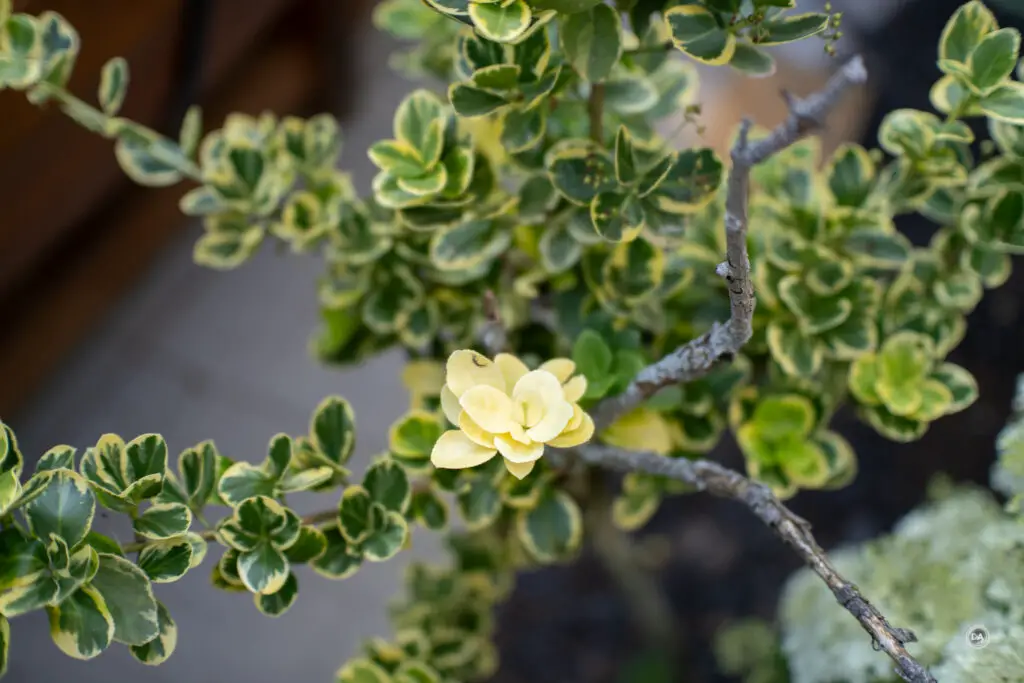


Flare resistance is not perfect, but I generally think it wasn’t too bad at larger apertures. At smaller apertures you can get some ghosting artifacts if the sun is in the wrong spot.
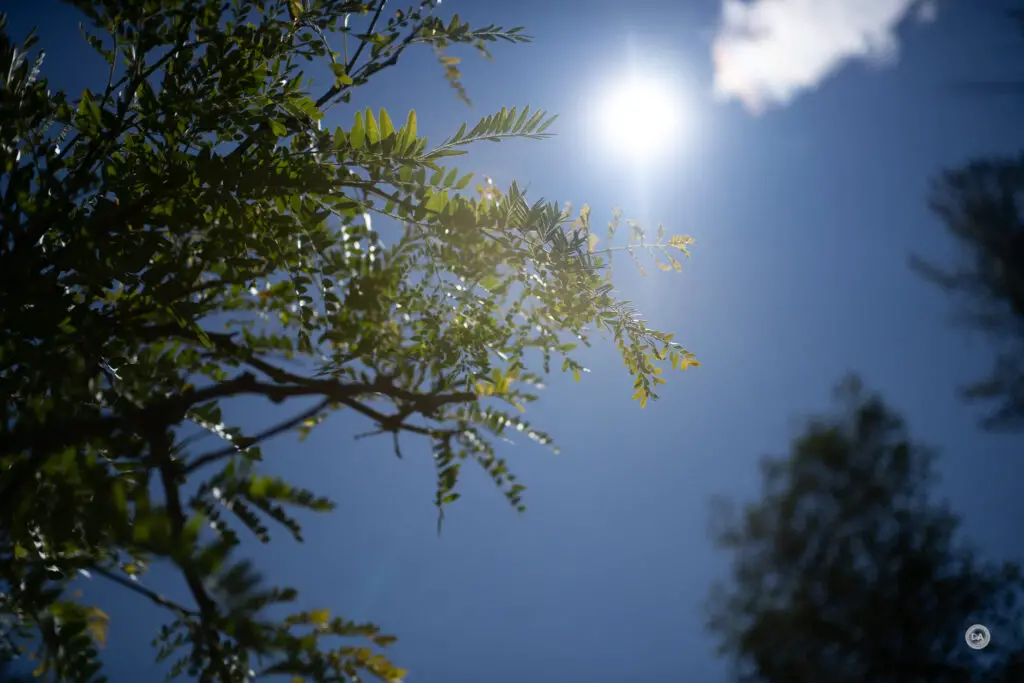
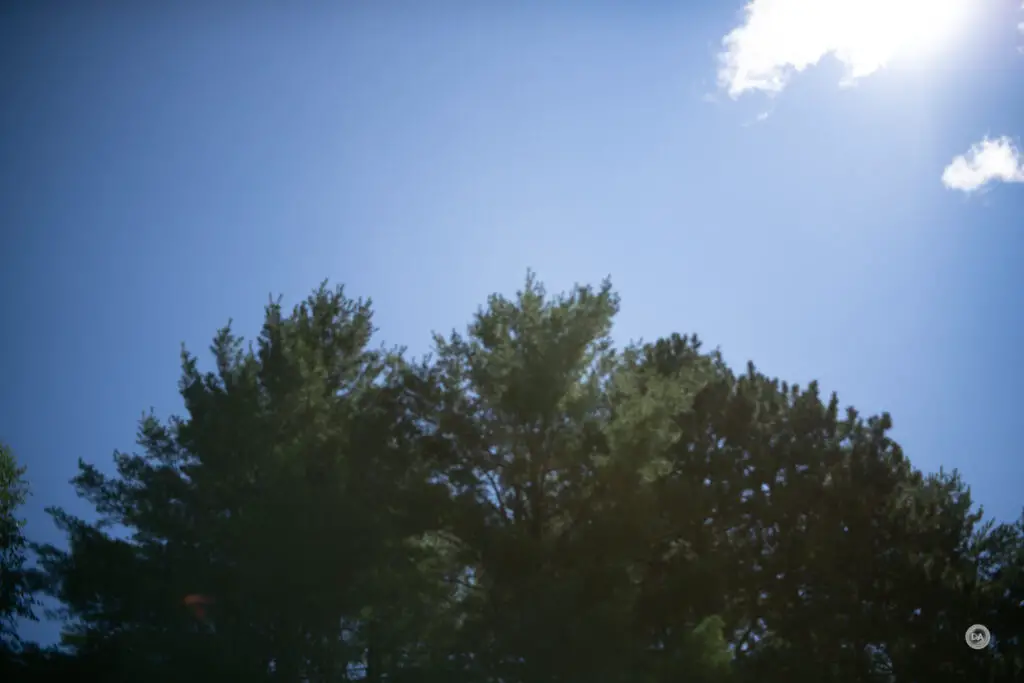
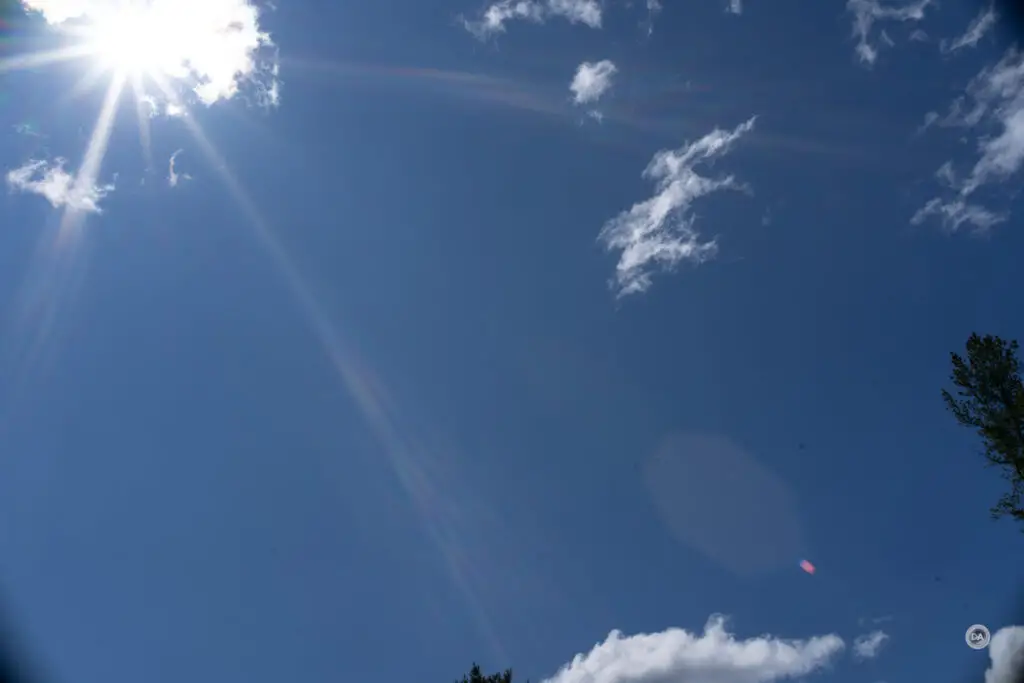
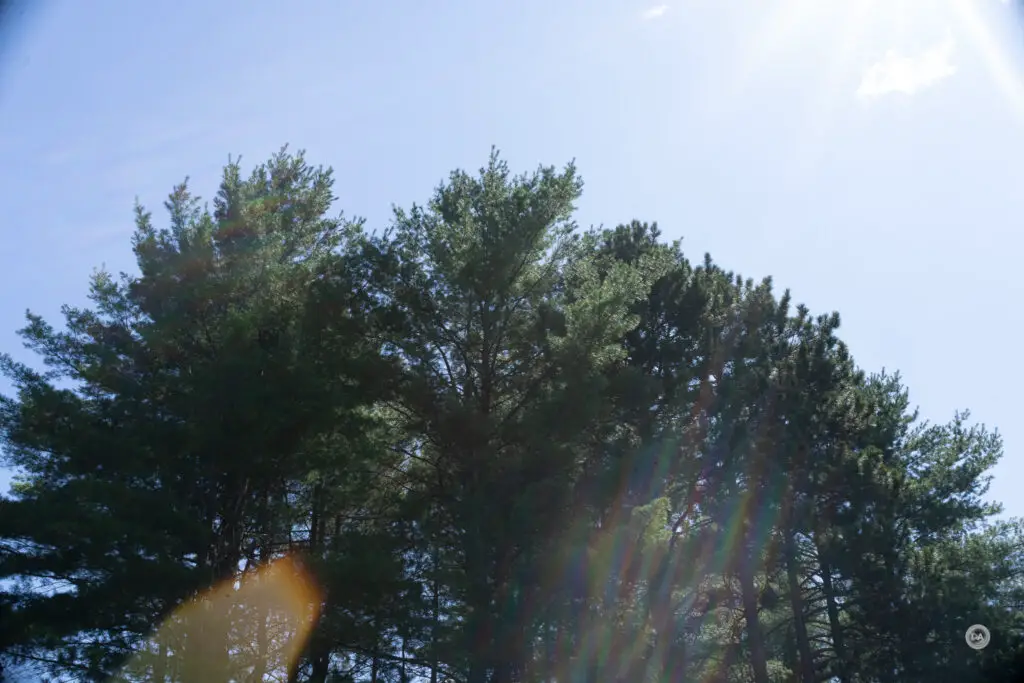
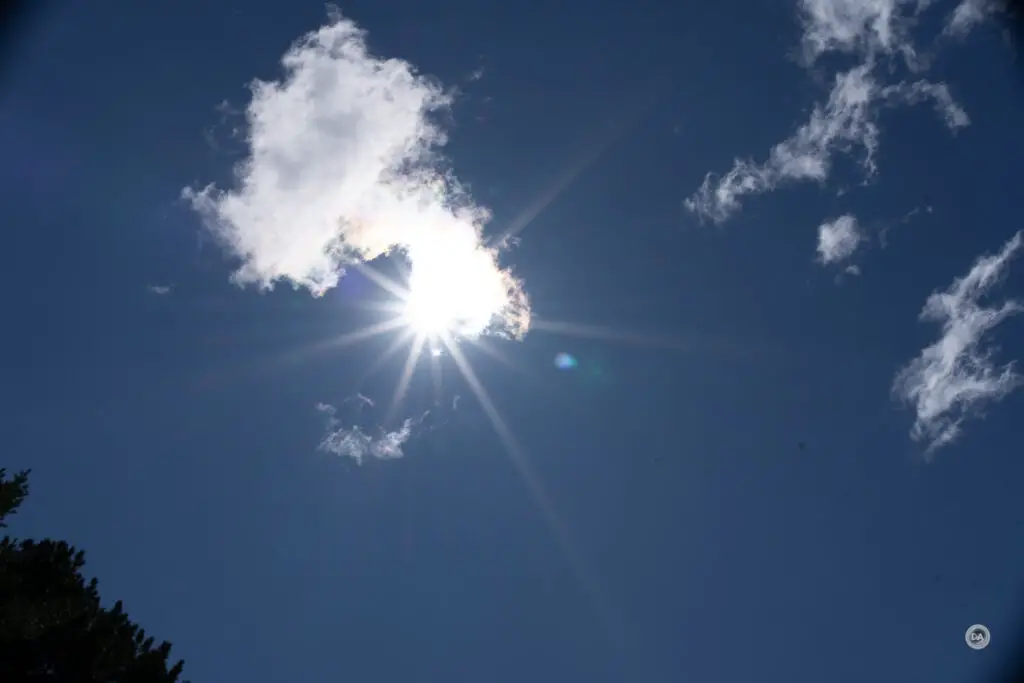
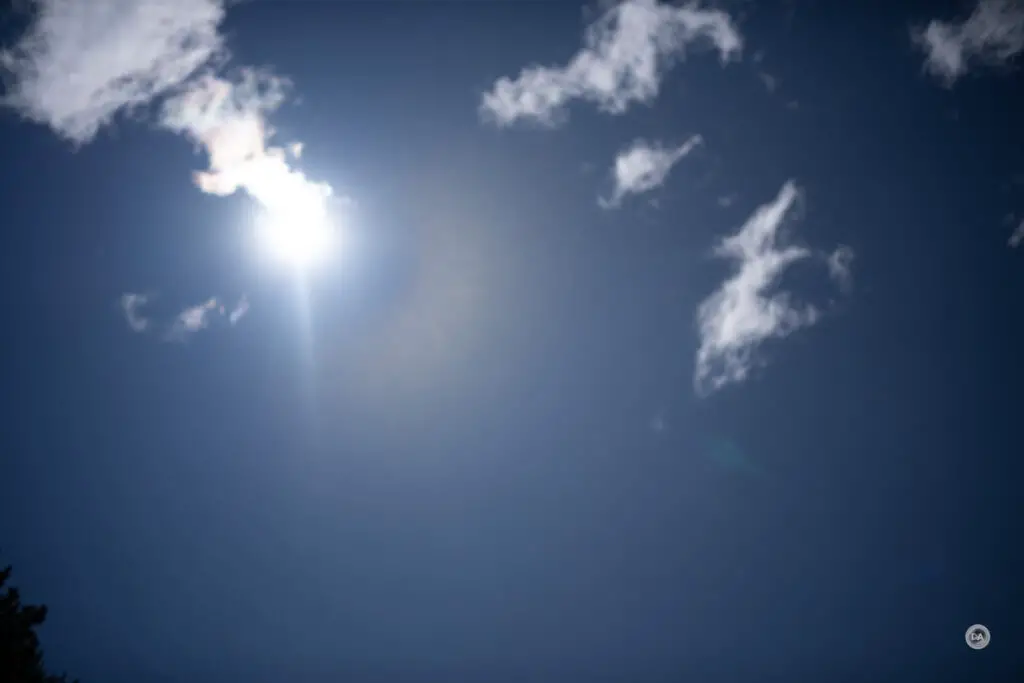
Mid range apertures aren’t too bad, with just a minimal ghosting artifact showing up here.
Just be careful with your composition.
The truth of the matter is that none of the 40mm lenses I’ve mentioned in this review are perfect. The TTArtisan AF 40mm F2 holds up fairly well too them while being smaller, lighter, and cheaper, so that’s not bad. Here’s a mini gallery with more images for you to enjoy before the conclusion.
Conclusion
I’m glad to see more lenses in this series, as while TTArtisan has a bit of an uphill battle against companies like Viltrox that are dominating this space, I like their classic, understated lenses that are nicely made, very compact, and producing nice images.

Autofocus seems improved here relative to last year’s 75mm F2, though I still wouldn’t consider this lens action ready. Focus was good for ordinary things, however.

Image quality isn’t perfect (vignette is heavy, micro-contrast isn’t “wow”, and the corners never get pin sharp), but that didn’t stop me from easily getting a lot of images I really liked. I love this focal length for “walk around”, and this lens is a perfect match for one of the tiny bodies from the A7C series. It has some of the aesthetic of Sigma’s iSeries, but at a much, much lower price point. That’s a pretty sweet place to be, meaning that a number of photographers with a tight budget will probably find the TTArtisan AF 40mm F2 a bit of a favorite…particularly when you can get it for just $168!

Pros:
- Nicely built lens
- Attractive aesthetic
- Compact size and light weight
- Decent manual focus ring
- Includes an aperture ring
- Ability to upgrade firmware through rear cap
- Focus accuracy good
- Focus motor reasonably quiet
- Improved video AF
- No distortion
- Good center and midframe sharpness
- Nice bokeh
Cons:
- Heavy vignette
- Micro-contrast isn’t strong at a pixel level
- Corners aren’t particularly sharp
- Still a few flare issues.
___________________________________________________________
GEAR USED:
Purchase the TTArtisan AF 40mm F2 @ B&H Photo | Adorama | Amazon | Amazon Canada | Amazon UK | Amazon Germany | Vitopal
Purchase the TTArtisan AF 75mm F2 @ B&H Photo | Vitopal | Adorama | Amazon | Amazon Canada | Amazon UK | Amazon Germany | Pergear
___________________________________________________________________
Purchase the Sony a7RV @ B&H Photo | Adorama | Amazon | Camera Canada | Sony Canada | Amazon Canada | Amazon UK | Amazon Germany
__________________________________________________________________
Purchase the Sony a7IV @ B&H Photo | Adorama | Amazon | Camera Canada | Sony Canada | Amazon Canada | Amazon UK | Amazon Germany
_________________________________________________________________
Purchase the Sony Alpha 1 @ Camera Canada | B&H Photo | Adorama | Amazon | Sony Canada | Amazon Canada | Amazon UK | Amazon Germany | Ebay
_________________________________________________________________
Want to support this channel? Use these affiliate links to shop at: B&H Photo | Amazon | Adorama | Camera Canada | Amazon Canada | Amazon UK | Ebay | Make a donation via Paypal
Buy DA Merchandise https://bit.ly/TWIMerch

Keywords: TTArtisan AF 40mm F2 Review, TTArtisan, AF, Autofocus, 40mm, F2, TTArtisan AF 40mm F2, Sony, a7RV, a7IV, a7C, Alpha 1, Review, Telephoto, Action, Tracking, Hands On, Dustin Abbott, Real World, Comparison, Sharpness, Bokeh, Flare Resistance, Autofocus, Image Quality, Sample Images, Video, Photography, Full Frame, let the light in, #letthelightin, DA

